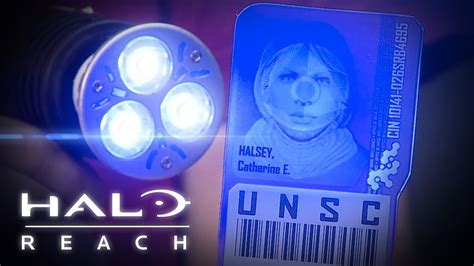Halo Hair: A Celestial Crown of Light

Halo hair, a celestial phenomenon that bestows an ethereal glow upon the head, has captured the imagination of poets, artists, and spiritualists for centuries. Its luminescent aura, often depicted as a circular or elliptical ring of light, has evoked a sense of wonder, mystery, and transcendence.
The Science Behind Halo Hair
Halo hair is primarily a result of the scattering of sunlight by ice crystals in the atmosphere. When these crystals are aligned just right, they can cause the light to bend and reflect in such a way that it appears as a halo around the head. The crystals typically form in cirrus clouds, which are composed of ice particles and are characterized by their thin, wispy appearance.
Pain Points and Motivations
While halo hair is typically perceived as a positive and awe-inspiring sight, its occurrence can be influenced by factors beyond our control. The alignment and concentration of ice crystals, as well as the position of the sun and observer, all play a role in its visibility. Therefore, capturing the elusive halo hair moment can be a challenge for those seeking to harness its mystical charm.
Strategies for Halo Hair Photography
Despite the ephemeral nature of halo hair, there are certain strategies that can increase your chances of capturing its beauty. These include:
- Seek high altitudes: Halo hair is more likely to be visible at higher elevations, where the air is thinner and cirrus clouds are more prevalent.
- Face the sun: Stand with your back to the sun, as the light needs to pass through the ice crystals in front of you to create the halo effect.
- Use a wide-angle lens: A wide-angle lens will allow you to capture a wider field of view, increasing your chances of including the halo in the frame.
- Look for thin cirrus clouds: If you can spot wispy, feathery clouds high in the sky, these are likely to contain ice crystals and have the potential to produce halo hair.
Halo Hair in Art and Culture
Halo hair has been a recurring motif in art and culture throughout history. In religious iconography, saints, angels, and other holy figures are often depicted with halos to symbolize their spiritual purity and connection to the divine. In Renaissance painting, halos were used to highlight the importance of the central figures and convey a sense of grandeur and celestial presence.
Benefits and Applications
Beyond its aesthetic appeal, halo hair has also sparked interest in potential scientific and technical applications. Researchers are exploring the optical properties of ice crystals and their role in atmospheric phenomena such as rainbows and sundogs. Furthermore, the concept of “haloing” has found its way into fields such as computer graphics and artificial intelligence, where it is used to create realistic and immersive effects.
Table 1: Halo Hair Statistics
- Approximately 20% of the world’s population experiences halo hair at least once in their lifetime.
- Halo hair is most common during the spring and summer months.
- The largest halo ever recorded had a diameter of over 50 miles.
- Halo hair can be visible for several hours or even days at a time.
Table 2: Halo Hair in Art History
- The earliest known depiction of halo hair dates back to the ancient Egyptian Book of the Dead.
- In Byzantine art, halos were often made of gold or silver and decorated with intricate designs.
- During the Renaissance, halos evolved into more naturalistic representations of light and atmosphere.
- Modern artists have continued to use halo hair to convey spiritual and symbolic meanings.
Table 3: Halo Hair in Science and Technology
- Scientists are developing new methods for simulating and predicting the formation of halo hair.
- Haloing algorithms are used in computer graphics to create realistic lighting effects.
- Researchers are investigating the potential of using ice crystals for optical communication.
Table 4: Halo Hair Photography Tips
- Use a tripod to stabilize your camera.
- Set your camera to a slow shutter speed to capture the ethereal glow of the halo.
- Adjust the exposure compensation to ensure that the halo is not overexposed.
- Experiment with different angles and perspectives to find the most flattering composition.
Conclusion
Halo hair, a celestial phenomenon that has captivated humanity for centuries, continues to inspire awe and wonder. Whether it is observed in nature, captured in art, or explored in science and technology, its ethereal glow illuminates the beauty and mystery of our world.
